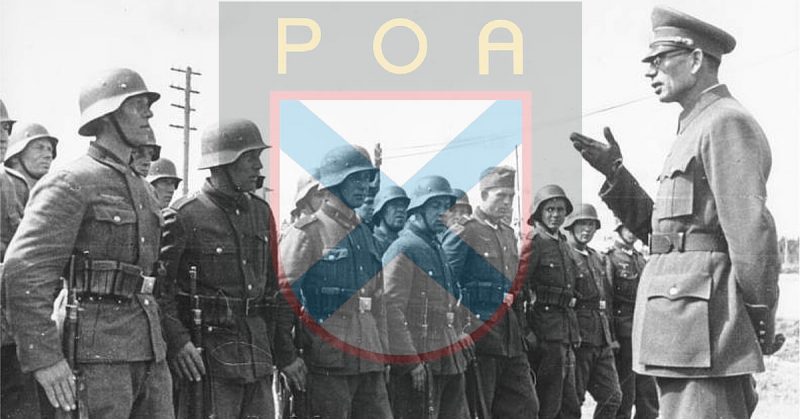It was 1st September 1939 when Nazi Germany invaded Poland under a false pretext, officially kicking off WWII. The tensions in Europe had already reached a boiling point, and a small nudge was all that was required. Soon, Britain and France joined in to support the Poles, and soon the war escalated. Initially, there was an agreement between the Soviets and the Germans and both invaded Poland under a secret treaty.
On paper, the relations between the two great powers, Soviet Union and Germany were good, however secretly Hitler was never a fan of Communism and ordered his Generals to secretly mass forces against the Communist nation. On 22nd, June 1941 Germany launched Operation Barbarossa and began a full-scale offensive against the Soviet Union. Hitler’s goals were not only limited to taking terrain but also to exterminate Communism from the region.
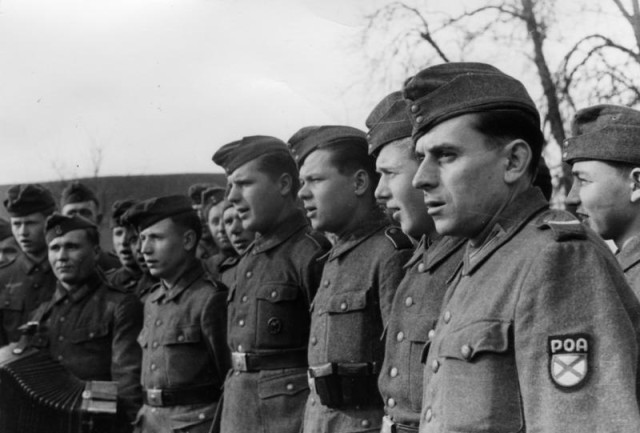
While the Soviet Union fought bravely, there were several serving officers as well as civilians who weren’t that happy with their leadership, particularly Stalin. General Andrey Vlasov became the central figure among all this. He was a former Soviet General, who had actively fought the invading Nazi, but after being completely surrounded by a German Army he was captured on July 12th, 1942.
While in captivity, no one truly knows why, but Vlasov started making statements against Stalin and his policies. He was often very critical and proposed an army consisting of Russians that was strong enough to challenge Stalin himself.
Adolf Hitler allowed the idea of the Russian Liberation Army to circulate in propaganda literature so long as no real formations of the sort were permitted. As a result, some Red Army soldiers surrendered or defected in hopes of joining an army that did not yet exist. Many Soviet prisoners of war volunteered to serve under the German command just in order to get out from Nazi POW camps which were notorious for starving Soviet prisoners to death.
Vlasov, along with his German and Russian allies, was desperately lobbying the German high command, hoping that a green light would be given for the formation of a real armed force that would be exclusively under Russian control.
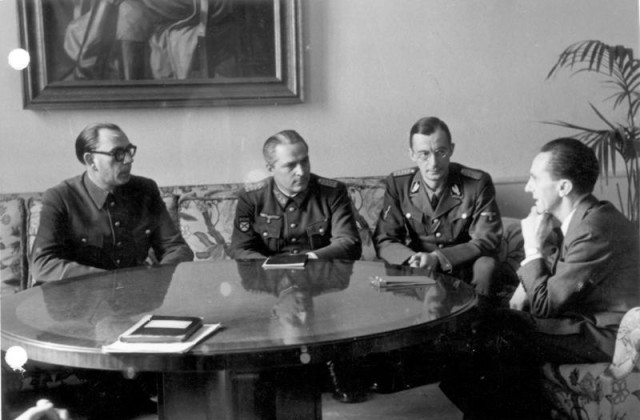
Vlasov was taken to Berlin by the Wehrmacht’s Propaganda Machine, and plans were drafted for the creation of a Russian provincial government that was to be under the influence of Nazi Germany. Vlasov was put in charge of the Russian Liberation Committee in hopes of recruiting as many anti-Stalinists as possible.
The new army was called the Russian Liberation Army or ROA. Vlasov’s main way of recruitment was offering a democratic government to imprisoned Soviet officers as well as the general public. The Germans even dropped anti-Bolshevik leaflets over Soviet cities, trying to convince the general public to turn against the government.
The movement started out in 1942 and was only a small group, consisting of 3500 – 4000 personnel. But with the passage of time the ranks swelled and at one point even stood at 200,000 volunteers.
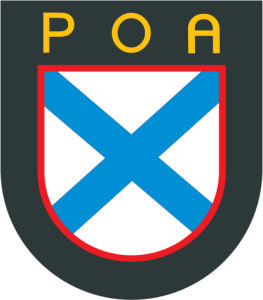
The Russian Liberation Army was split into 3 infantry divisions in addition to several unorganized battalions, these were:
- 600th Infantry Division, commanded by Major General Sergei Bunyachenko consisting of 20,000 men.
- 650th Infantry Division, commanded by Major General Grigory Zverev consisting of 12,000 poorly armed men.
- 700th Infantry Division, commanded by Major-General Mikhail Shapalov, had about 10,000 men but their formation was never completed.
The Russian Liberation Army succeeded in convincing several Soviet pilots and even formed an Airforce, called the KONR Air Force, for a brief period. Two Soviet Aces, Semyon Bychkov, and Romanovich Antilevesky joined the force but didn’t see much action as the Airforce was disbanded in July 1944.
On 9th February 1945, the ROA volunteers from the 1st Division saw their first action against the Red Army. Their fighting was noteworthy as Himmler was closely observing their tactics & behavior. They gained quite a bit of praise and trust between the two sides developed.
On 11th April 1945, the Russian Liberation Army fought in its first and last major combat mission against the Russians. After three days, the outnumbered Division had to retreat. This was also at the insistence of Himmler who wanted to see the reliability of the force.
All in all, the Germans failed to properly use the Liberation Army. Whether it was due to lack of trust or because the war was coming to an end. Maybe if the Nazis paid proper attention to the possibilities of having such a force, they could’ve stopped the Soviets from reaching Berlin. This was possible since several Soviet soldiers defected after reading the leaflets written by General Vlasov.
But the war was lost and to prevent any harsh mistreatment followed, primarily by the Soviets. Vlasov ordered his men to march south to concentrate all the anti-communist forces. He then sent secret delegates to the Allies, negotiating terms of surrender. During the march, the Liberation Army turned against the Germans and at several places supported the locals to fight against the occupation.
The most notable incident was the Prague Uprising on May 5th, 1945 when the ROA aided the Czech insurgents against the Germans. This was quite a major event as the Waffen-SS had been sent to level the entire city! If it wasn’t for them, the city might have been left in ruins.
The ROA then caught up with the US Third Army and tried to surrender to them. However, the Americans had no interest in sheltering these rebels, as it would harm relations with the Soviets. After several failed attempts to surrender, the Soviets finally trapped the ROA and took them into custody.
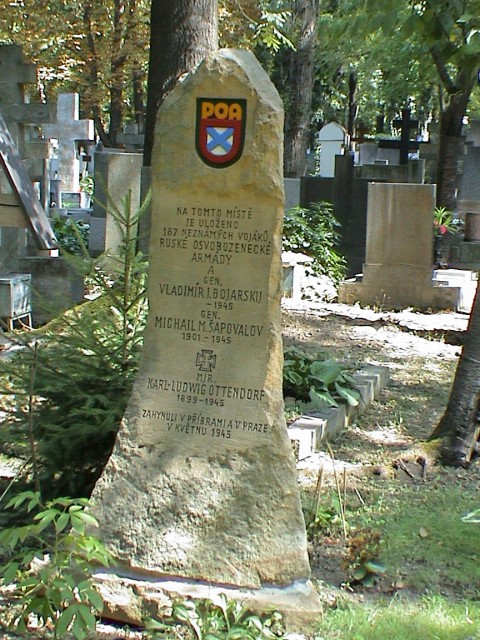
The US troops aided the Soviets in taking more than a thousand soldiers as prisoners and even sometimes forcefully extradited ones caught in the US’s zones.
Once caught, the Soviets branded the Russian Liberation Army as traitors to the motherland and sent them off to detention in prison camps from which few returned.
The leadership including General Vlasov were separated from the rest and amid significant publicity, hanged on 1st August 1946 in Moscow.
